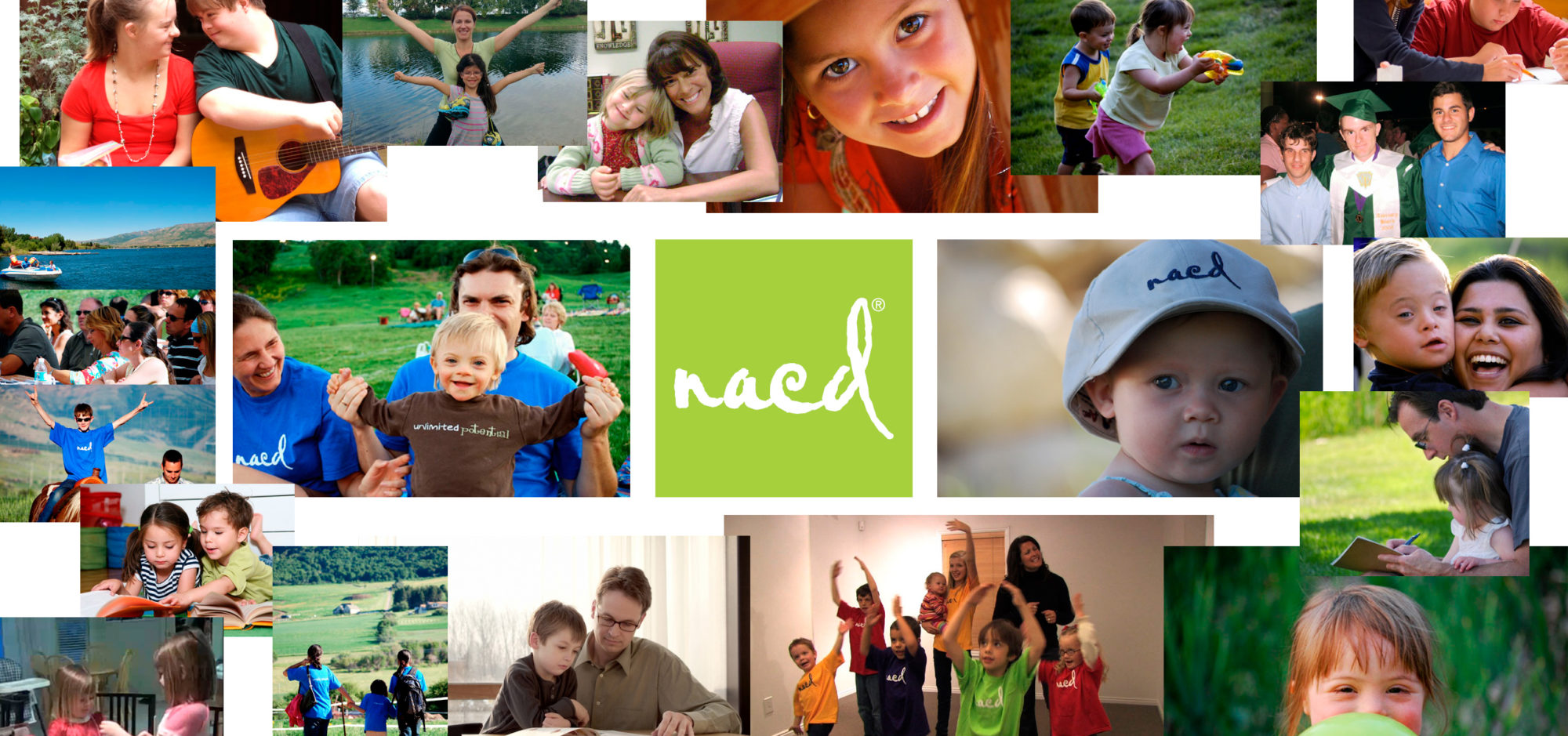Lincoln Logs & United States Puzzle Maps
by Bob Doman
Our staff at NACD has been busy creating lists of toys and gifts that we can recommend for parents. We have been asked time and time again to help parents find toys and gifts that will be fun, useful and that will hopefully help advance their children’s curiosity, development and education. As we have gone through this process of researching toys and gifts, we have all thought back to the gifts we bought for our own children at various stages of their development and gifts we received as children as well.
As parents, we are often in a quandary as to what to buy. Sometimes there is something our children are begging for that we may reluctantly purchase, but more often than not we wander through the stores, catalogs and websites looking for inspiration. Sadly, within days or weeks of having purchased gifts for a birthday or holiday, we find these gifts neglected and start deciding what closet to relegate them to.
Pondering the parental dilemma of what to buy for the child, I decided to look at the word “toy” and to see if we were perhaps starting off with a quest grounded in a misconceived perception. Going to the trusted Merriam-Webster Dictionary, I looked up the definition of a toy and discovered perhaps part of the problem. The significant pieces of the definition included: “something for a child to play with, something that can be toyed with, something (such as a preoccupation) that is paltry or trifling”. If this is in fact our underlying perception of a toy—a paltry, trifling thing to be toyed with—it’s no wonder most of what we buy for our children could fit under a general heading of “garbage” and often sadly, expensive garbage.
I believe what we want to do as parents is find things that are fun and entertaining, but also things that actually do something for the child. Learning can and should be fun, exploring can and should be fun, creating can and should be fun, building, designing, imagining and thinking can all be fun. These things do not sound like “toys”. What perhaps differentiates a “toy” from what we really want is a new educated perspective. What can I give my child as a gift that will be fun, but significant?
When I was a little boy, my parents, my little sister and I would often go visit my maternal grandparents. My grandfather was the custodian of his church and my grandparents lived very modestly. Throughout my childhood, there were only two toys at their house for us to play with. One was a set of Lincoln Logs and the other a United States Puzzle Map. Lincoln logs for the uninitiated are wooden dowels of different lengths notched at the ends so that they can be stacked like the logs in a log house and other various pieces that could be used for roofs, windows and such. The puzzle map had each state as a puzzle piece and on the piece, you could find the capitol and some symbols that indicated anything from what they grew or did in the state to historic landmarks. I wouldn’t want to guess how many hours I spend with these two “toys’. But, I can tell you that I built many different structures with the Lincoln Logs and enjoyed being creative and seeing how many different things I could design. I believe that because of my Lincoln Log experience I spend time as a teen designing houses and actually went to college with the plan of becoming an architect and designing energy-efficient, economical semi-subterranean houses. I was perhaps a little ahead of my time in 1965. A summer job working with special needs children changed that direction, but I have designed and build three houses, one of which is my present home. That inexpensive “toy” actually helped in making me who I am today.
I suspect that I could identify where every state was by the time I was four or five and could have drawn a map of the United States from memory by the time I was six—I can still do it. I never had an inclination to be a map maker, but I did develop a strong interest and knowledge of geography, which became a subject in school at which I excelled (there weren’t many) and has led to my traveling to all 50 states and seeing a lot of the world and being much more intellectually and socially conscious and aware than I would have otherwise been. I still remember as a child being amazed that so many of my friends had virtually no interest or curiosity about the rest of the country, let alone the world. I suspect their grandmothers didn’t have puzzle maps at their houses.
The right things at the right times can have very big and significant impact.
Parents, grandparents, aunts and uncles, take some time and give some serious thought before purchasing a gift. See it as an opportunity to help shape a life—that certainly is not a paltry or trifling thing.


 I’m in LA, flew in this morning and spent the afternoon working with a couple of great families.
I’m in LA, flew in this morning and spent the afternoon working with a couple of great families. My trip started off with Ally. Ally is one big giant perpetual smile. She smiles as she comes in the door, she smiles as I speak with her parents about what a “turkey” she can be, she smiles after she shows me her walking and she smiles and waves goodbye—“See ya Bob.” Ally is twelve and is now, after lots and lots of work, starting to walk on her own. She is in a typical classroom and doing well academically. She still needs large print, but reads well. She talks up a storm and is generally a delight, although she loves to torment her mom and dad. I first saw Ally when she was 10 months old. Ally was shaken by her babysitter when she was four and half months old and severely brain damaged. By the time I saw her, just months after her injury, she had shunts in both sides of her brain to relieve the pressure, had suffered retinal hemorrhages and essentially had no vision, was diagnosed with infantile spasms (severe seizures), was on two different seizure medications and was recovering from breaks to both legs and her left arm. Devastating, but Ally’s parents are exceptional folks and have worked wonders with her. Every time I see Ally I remember where she was; and although she has many pieces yet to be put together, she is a trooper, doing great and smiling!
My trip started off with Ally. Ally is one big giant perpetual smile. She smiles as she comes in the door, she smiles as I speak with her parents about what a “turkey” she can be, she smiles after she shows me her walking and she smiles and waves goodbye—“See ya Bob.” Ally is twelve and is now, after lots and lots of work, starting to walk on her own. She is in a typical classroom and doing well academically. She still needs large print, but reads well. She talks up a storm and is generally a delight, although she loves to torment her mom and dad. I first saw Ally when she was 10 months old. Ally was shaken by her babysitter when she was four and half months old and severely brain damaged. By the time I saw her, just months after her injury, she had shunts in both sides of her brain to relieve the pressure, had suffered retinal hemorrhages and essentially had no vision, was diagnosed with infantile spasms (severe seizures), was on two different seizure medications and was recovering from breaks to both legs and her left arm. Devastating, but Ally’s parents are exceptional folks and have worked wonders with her. Every time I see Ally I remember where she was; and although she has many pieces yet to be put together, she is a trooper, doing great and smiling! St. Louis started with Abby, a seven-year-old ball of fire. She runs in the room with her mom and throws her arms around me and gives me a big smack on the cheek. Abby has Down syndrome, but it surely isn’t slowing her down. She’s in a typical 2nd grade class—academically and socially right there with her peers. But I’d be willing to bet that Abby generates more smiles and warms more hearts per minute than 99.9% of the kids on the planet. Typically, when she leaves her evals she turns, waves, throws me a kiss and impishly says, “Bye, Bobby.” More smiles!
St. Louis started with Abby, a seven-year-old ball of fire. She runs in the room with her mom and throws her arms around me and gives me a big smack on the cheek. Abby has Down syndrome, but it surely isn’t slowing her down. She’s in a typical 2nd grade class—academically and socially right there with her peers. But I’d be willing to bet that Abby generates more smiles and warms more hearts per minute than 99.9% of the kids on the planet. Typically, when she leaves her evals she turns, waves, throws me a kiss and impishly says, “Bye, Bobby.” More smiles! I hope you all had a wonderful Mother’s Day.
I hope you all had a wonderful Mother’s Day.